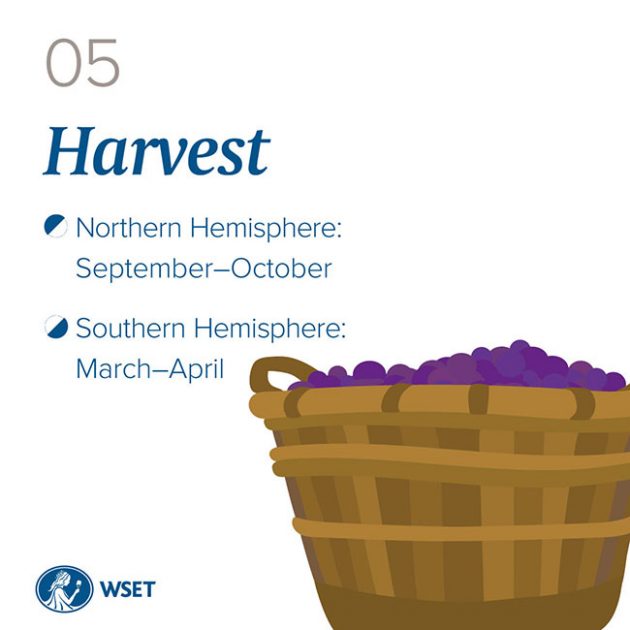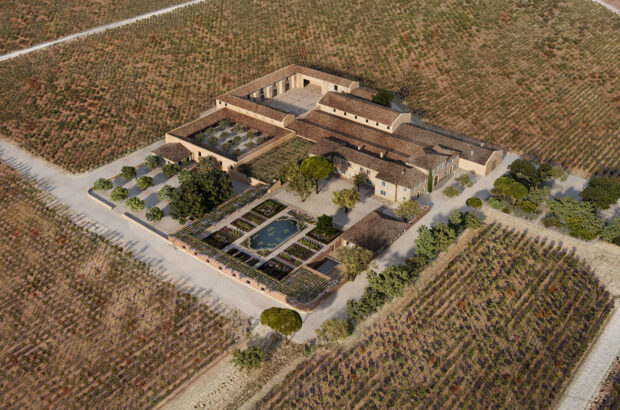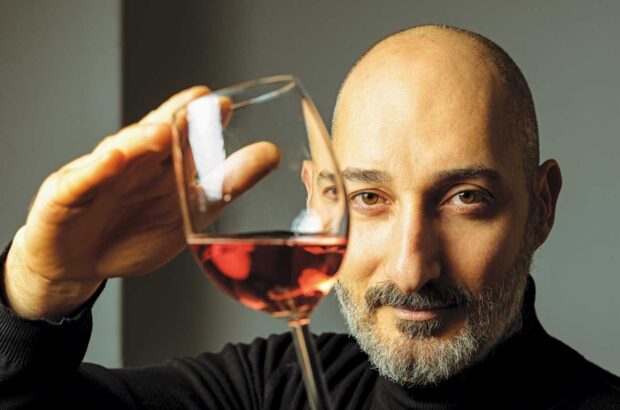Get to grips with the life cycle of a vine before the grapes are harvested, with help from some graphics from the Wine and Spirit Education Trust...
See this simple guide to the life cycle of a vine.
Budburst
Budburst is the beginning of the life cycle of a vine, and happens during the spring. The first buds of the vine begin to break, but are very delicate – which is why spring frosts have cause such problems in the vineyard.

Early shoot and leaf growth
The vines develop initial shoots and leaves on the vine. Leaves are required for photosynthesis.

Flowering and fruit set
The buds turn into flowers and small bunches of grapes begin to grow. Winemakers cross their fingers for good weather during the flowering period. Rain during flowering can lead to poor fruit-set, also known as coulure in French, which can impact harvest size and also quality further down the line.

Véraison and berry ripening
Véraison is when the grapes have finished growing and start to ripen. For red grapes, this is when the colour turns from green to purple.

Harvest
When the grapes are fully ripened, it is time for them to be harvested, to then start the vinification process. Depending on the winery and the location of the vineyard, this may be done by hand or by machine.
If whole bunches are required, these generally must be picked by hand. Harvest can start even earlier than the months listed below, depending on the speed of that year’s growing season. Grapes intended for sparkling wines are often also harvested earlier to retain higher acid levels.

Winter dormancy
During the winter months, the vines go dormant, and stop growing, until the next spring. In regions that often experience a particularly cold winter, vines may be buried for their own protection. This happens in the Ningxia region in China, where winter temperatures can reach minus 35 degrees celsius.

Find out more about learning with the WSET
More on vines:

How old is too old? Old vines – ask Decanter
Old vines can add layers of complexity to wine, but can they become too old to produce quality fruit? Andrew

Is snow good for vines? – ask Decanter
What happens to the vine...?

How can winemakers prevent frost in vineyards? – ask Decanter
Frost can severely damage newly emerging buds...

What happens during véraison?
What does it mean for the grapes...?

How do winemakers combat heatwaves? – ask Decanter
Here's how wineries cope with extreme heat...







